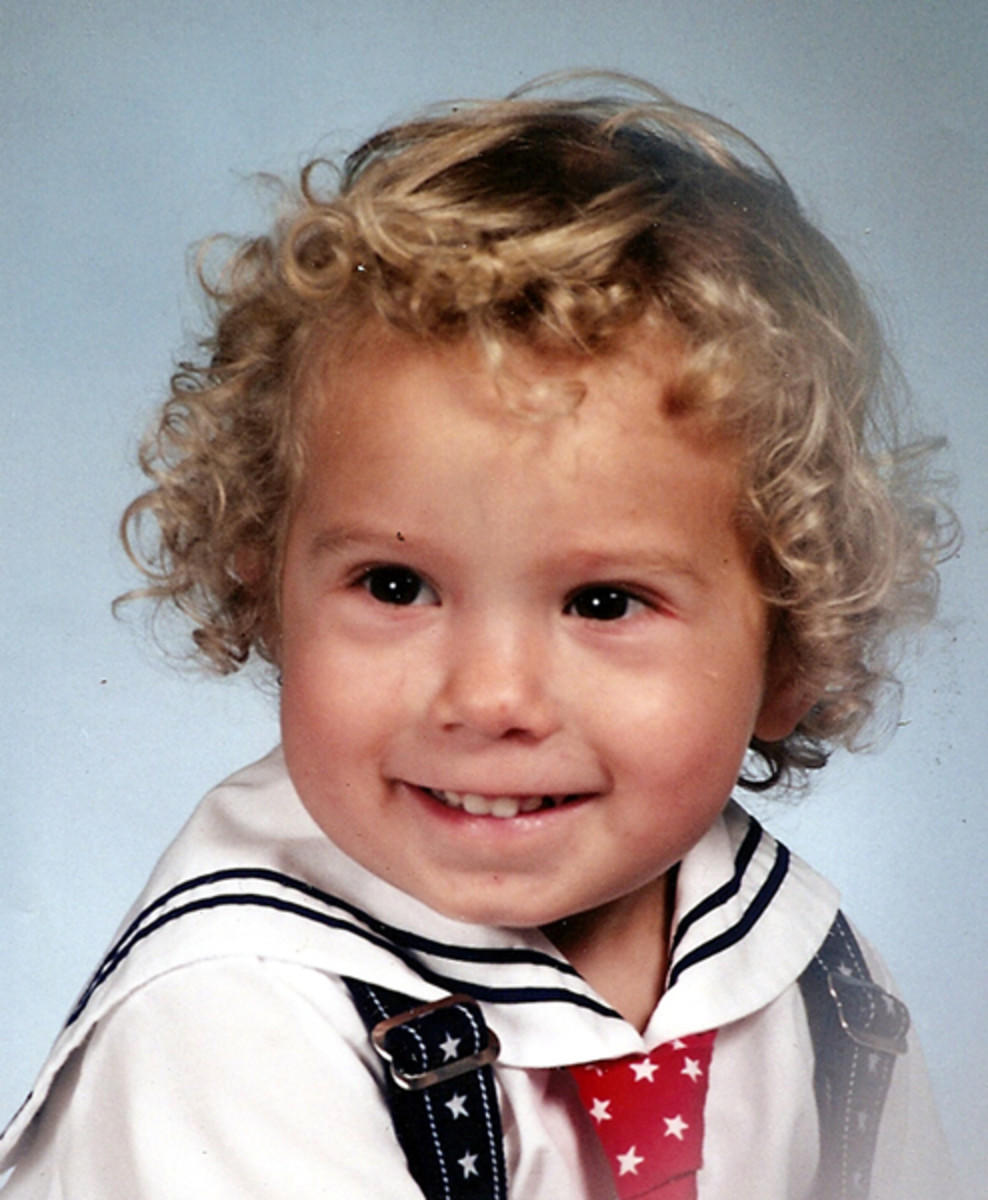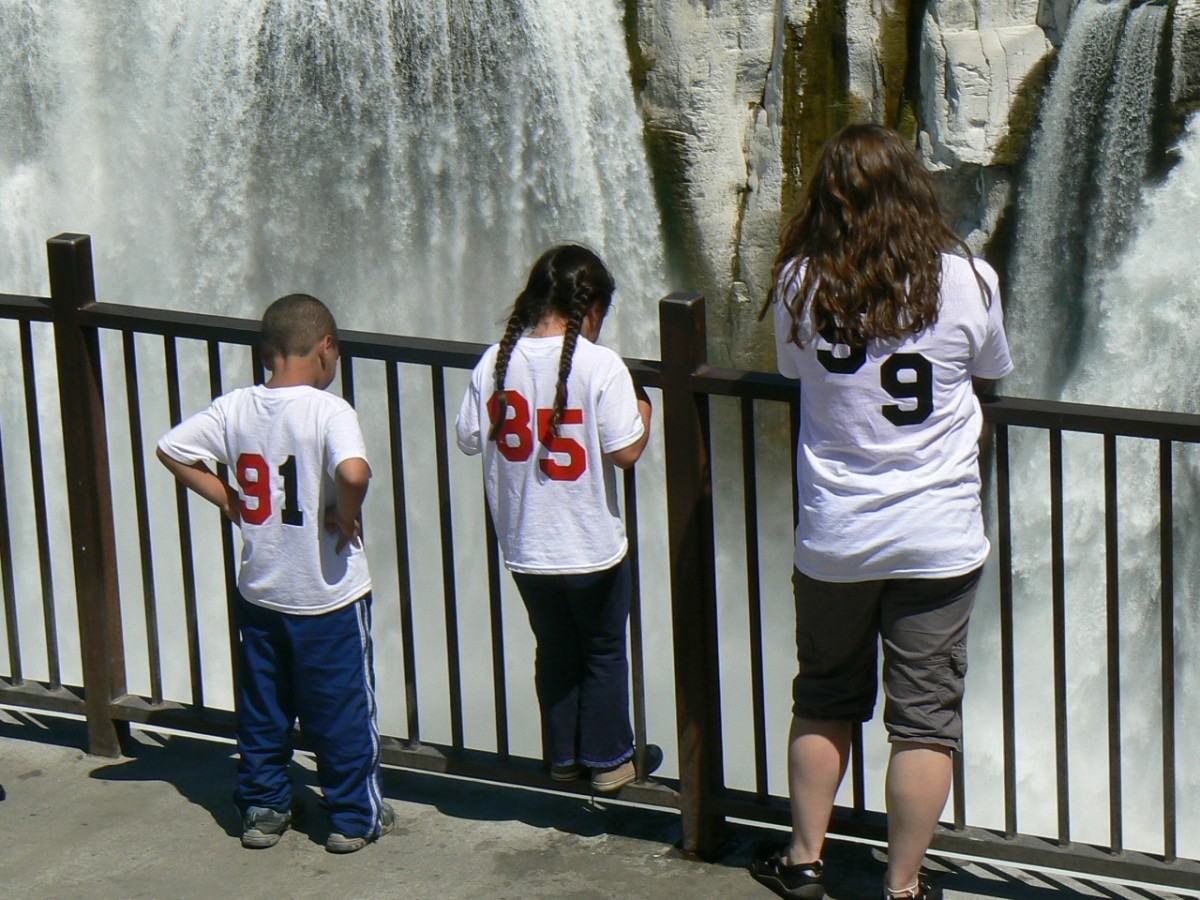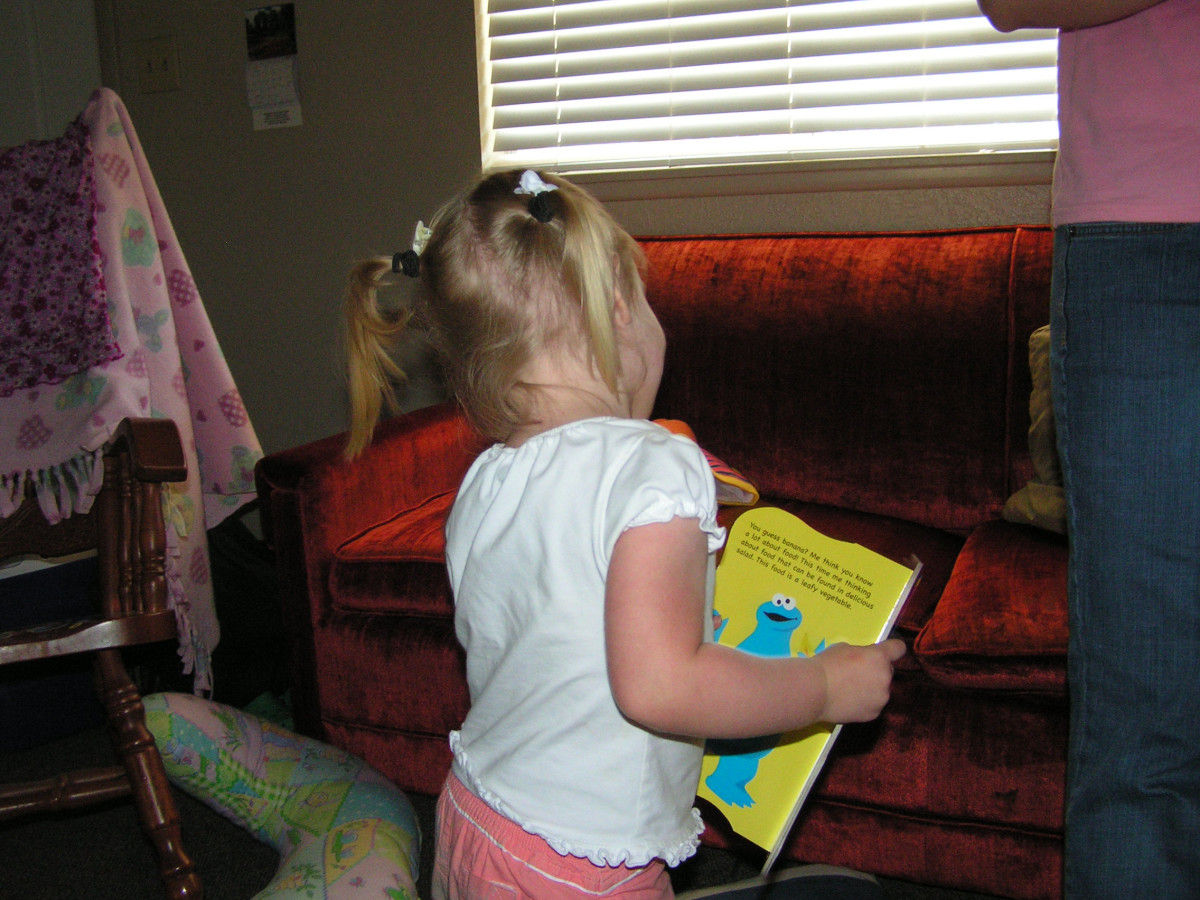7 Tips For More Effective Parenting
The Art of Parenthood
Nothing prepares you for parenthood but there are guidelines that can help you become a better parent. There are strategies for dealing with children at all ages that consistently work time and time again. There are effective parenting techniques that allow you to maintain your sanity while navigating an unfamiliar terrain.
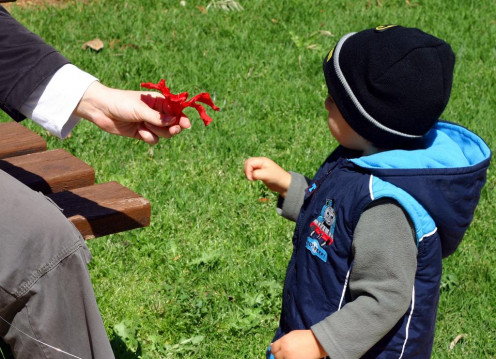
Good Parenting Starts With Structure - #1 Is Learning The Art of Time Out (For All Ages)
Provide a structure in your life and home for children that allows them to be free to be children but also provides consequences for bad behavior, no matter their age. Babies bite. Toddlers hit. Small people misbehave. So, do big kids and teens. How do you handle an infant or toddler that behaves badly? Or a teenager? Skip to the section that applies to your parent-child situation.
Babies Who Bite: When babies behave badly, many people like to say, "Oh, the baby doesn't know better." That is a complete falsehood. The baby knows what he or she has been taught. If you teach your baby right, you will not have to explain to the other moms on the playground why you are covered in bite marks and bruises when they are not. You will not be embarrased when your baby tries to eat or hit someone else.
As an elementary and high school teacher and a former director of an infant/toddler program and elementary school after care program, this problem appeared annually in our center. The baby who hurts those at home will eventually attempt to bite or hit their other caregivers, too. My staff and I used the same effective technique immediately after baby would bite or hit. It works.
- Put Baby at arms distance, look him square in the eye, touch one finger quickly to Baby's mouth (then remove finger), and say in a firm (but not scary) voice, "(Baby's name), no bite." Do not explain or talk after this point. Baby has limited vocabulary but definitely understands what "No" means unless Baby is from another country that doesn't use this word.
- Immediately sit Baby down a couple of feet away from you on the floor. This sit down should be with detemination but not hard. Stay calm! Getting angry or emotional will make it harder for Baby to learn his lesson since he'll be distracted from the lesson by your emotions. Sitting Baby down establishes to him that you are in control - not Baby. If Baby has a set pattern that the parents (or someone else) established or if he is a threat to other children, place Baby in a portacrib. If Baby is placed on the floor, allow him total access to crawl away or crawl after you. Only confine Baby if he is a threat to others or if you are in a dirty or dangerous environment where Baby should not crawl, such as the grocery store. If this happens when you are shopping or out, other choices instead of sitting him on the floor include: shopping cart, car seat, or stroller.
- Then, remove all eye contact from Baby and walk away. (Don't leave the room or immediate area. Baby should not be left alone. Just go to the other side of the room or down the store aisle a bit and otherwise occupy yourself.) Baby will be looking at you when you walk away. Do not look at Baby. (But you can cheat at looking at Baby through a mirror or a window with a reflection that you are facing).
- If Baby begins to cry, do not pick him up at this time. This is the mistake new parents make. If you pick up Baby now, you will have taught Baby that if he bites (or does anything else wrong) and then he cries, he will get away with it. This is a bad pattern of behavior to establish in your child. It will raise its ugly head again and again in the years to come and become harder and harder to break. It will cause problems in school for teachers, too. Then you will hear about this pattern at parent-teacher conferences. Let Baby cry. He will not be damaged for crying. Because of limited vocabulary, this is the only way he can express himself. He is just saying he didn't like that you walked away from him.
- You can return to Baby after one minute has passed (or one minute after crying stops) and try again to interract with Baby. One minute is a long time in Baby Land so it is an effective amount of time.
- When you reconnect with Baby, remind baby, "No Bite." You only need to say it once.
- If, when you reconnect with Baby, the biting occurs again, repeat steps 1-6.
What you are essentially saying to Baby (and yes, Baby will figure it out) is that you refuse to give attention to Baby when Baby does this action and that you will follow it up by going away (Baby wants you to stay). What you have just done is the precursor to the Time Out that follows when Baby becomes a Toddler.
Toddlers That Hit: Toddlers that hit, bite, kick or otherwise behave badly graduate to the Time Out. A Tme Out has many names but is the same thing. Centers and schools use them routinely, even though they will say they don't. If they say they don't, it's because they are using a different label instead of the one called Time Out. Educated professionals in the childcare industry use these methods correclty and most effectively. Even children that seem like monsters can become civilized young people when Time Out is used as it was intended, consistently, clearly and - most importantly - when the parent doesn't give in before the time out process is complete.
A Time Out is a place the toddler will sit for as many minutes as her age. Alternatively, she may be asked to stand in a corner or against a designated wall space (used most often by yard duty staff) or in a designated floor space or chair. If she is two, she will sit for two minutes. If she is three, she will sit for three minutes.
You may wonder how a toddler who is acting this way would sit still for a Time Out. This depends on the toddler. A toddler who is generally well behaved but copied a bad behavior learned from another child will probably handle time out well and run off playing in two minutes. A toddler who has no disciplinary history will not handle Time Out well. In this case, the toddler will have to be repeatedly returned to the Time Out spot by the adult until she does her Time Out correctly.
Time Out Steps
- Make a short explanation of what behavior was wrong and what the expectation is instead. For example: "Hitting is wrong. We use our words."
- Take the child to the Time Out spot. Tell child the expectation for Time Out. "Time Out is a quiet time for you to think about what you did. Time Out starts when you are quiet. Be quiet in Time Out."
- If child begins to cry in time out or wander off, then Time Out has not started! The first time a child has a Time Out, it can take you 30-60 minutes to teach the child how to sit quietly. You must remain calm and not chit chat or explain to the child. If the toddler runs off, return her as many times as necessary - 50 times if necessary! Do it silently. Refrain from hollering, "Be quiet!" to the child. That's not effective at all. One explanation is enough so you have no need to continue explaining repeatedly. Eventually, child will sit quietly and do their Time Out as instructed. (If you give in, you are doomed. This will make it worse the next time you try a Time Out.)
- When time out is over, have a short talk with her to reinforce the lesson. "Hitting is wrong. We use our words. Say sorry you hit." Wait for the apology. Child must apologize or you are doing the process wrong. The point this process is to teach reflection, self-calming techniques, and to show remorse for poor choice in actions. If child has limited vocabulary, they can just get away with "Sorry." The point is for the child to learn social responsibility to others. It's not a vocabulary lesson.
Time Outs For Big Kids and Teens: The Time Out is effective all the way from toddler-hood through high school. Many parents stop using them when their children are in middle school but that is poor parenting. If you believe your child will not take a Time Out because they are taller than you, outweigh you, or have an attitude problem, think again. I have made sixteen year old boys a foot taller than me go to time out for bad behavior. In high school, it's called Detention. Teachers who are barely five feet tall and weigh no more than 90 pounds send eighteen year old, 200 pound young men to Detention. There's no reason you can't do the same in your home. The Time Out for teenagers must have a consequence approach. If they don't do the Time Out when they are supposed to, they don't get the keys to the car or the remote controls to their gaming system are confiscated, etc. until they do. Find the right motivator for your teen. The same steps must be followed. So, if your teen takes a call or text on their cell phone during Time Out, Time Out starts again. If your teen gets up and leaves in the middle of Time Out, Time Out starts again. If you teen doesn't apologize, Time Out starts again. If your teen doesn't even start the Time Out, you need to immediately enact the consequence. When the teen wants to drive the car, you can tell them they can't because they didn't do their Time Out. But, if they'd like to do their Time Out now, you will drive them instead (no, they don't get the keys back until the next day or later, depending on how long it took for them to finally do the Time Out). Time Out is one minute for every year of life. For a sixteen year old, that sixteen minutes of sitting out quietly to reflect, self calm, and find remorse for their wrongdoing. To complete the process correctly, they must apologize to you in a young adult manner such as, "I'm sorry I cursed at you." Note that with a young adult, they need to acknowledge what exactly they are apologizing for.
A Time Out For a 2-Year Old Who Bit Another Toddler
Invest in Your Relationship With Your Child
The 4 C's are vital to a good relationship with anyone, but especially children, who lack the same vocabulary, cognitive understanding, and maturity that we adults (hopefully) have. The four C's are a well-known abbreviation relationship experts employ. They include: communication, caring, compromise, commitment.
#2 - Communication: You may not a have a child that is the great communicator and that is to be expected. Your child is still learning communication skills, skills that he will continue developing throughout high school and even early adulthood. You, on the other hand, are an adult. Therefore, you must communicate your expectations of the child, your love for the child, your interest in the child, and your empathy for the child. By communicating well, you set an example of how the child should communicate with you.
#3 - Caring: Show your love and state your love. Sounds simple, doesn't it? Yet, many children do not feel loved. When I asked my teen son for a time he felt loved by me, he said it was when I was gaming with him. Mind you, I don't like gaming. I don't want to game. Before he said that, I gamed with him about once a year. Now, I've bumped that number up. Sometimes, showing your love means doing the thing with your child that you don't want to do. But you do it because you love your child.
Tell your child you love her. Do it often. You can't say you love someone enough. That's impossible. If you think it's becoming rote, mix it up! Leave an 'I love you' note in his lunch or on the bathroom mirror. Text her. Make or buy a card and leave it in his car. If he likes to lock his bedroom door and hide from the rest of the Earthlings, slip a note under his door. Write it on her lunch bag.
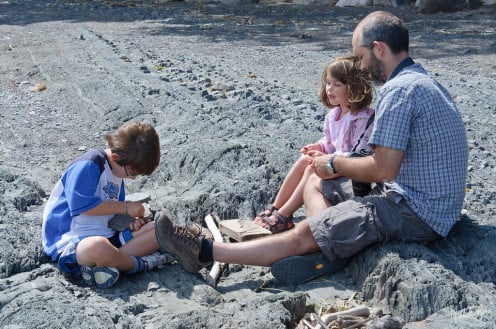
#4 - Compromise: Sometimes, we don't get along with our kids. That would be true for us and anyone, if we spent enough time with that person. If it's not a situation involving safety, school or health, there's usually wiggle room. Everyone is going out to dinner? The kids want pizza. The adults want seafood. Compromise. Instead of going to your favorite seafood restaurant to the pouting of the kids or to a pizzeria you don't want to be at, go to an all you can eat buffet, where pizza and seafood are both offered. Going on an outing? The kids want to go to the beach but you only have half a day and the beach requires an all day scenario? Compromise. You can take them to the lake or the local pool instead for a couple of hours and spend a couple of hours doing something you would like to do. They may not get the waves to surf but they still get to swim and dive so it's not a total loss and you still get the group outing you wanted.
#5 - Commitment: Parenthood is not like buying a wardrobe you decide to replace or discard later. High school graduation is not the finish line! You are a parent until the day you die. They will always need help of some sort - even if it's just an ear to listen to their latest break up story or help with a family recipe they want to learn to cook. When you are a parent, be commited to being a better person so you can be a better parent to your child. That may mean elminating cussing around your kid, curtailing blasting music (that can lead to permanent hearing loss in children), or slowing down when you drive (they learn to drive like you do, by the way). More than improving yourself, you need to be committed to the needs and dreams of your child. Your child wants a new bike? How will you make that happen? (Not starting off by the old "I can't afford that" excuse.) How will you encourage your older child to make it happen? Does your older child want to be an exchange student in her junior year in Paris, France? Help her find a job that would allow her to save up the money for the trip. Sometimes you are the supplier of love, of goods, or of support to help her find her own way to accomplish goals. But you cheat yourself and your child if you go into the experience half-heartedly. Commitment means you have made an agreement you are bound to honor. As long as you are committed, you might as well make a 100 pecent effort to do your best while you're at it.
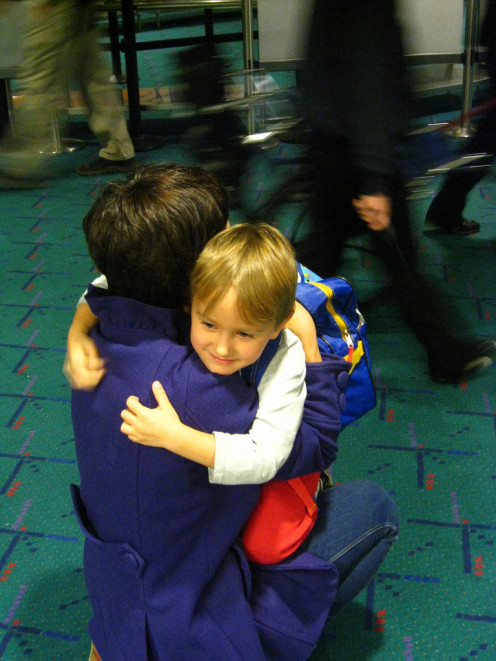
Have a Sense of Humor
#6 - Learn to Laugh and Keep Laughing: My son has Autism, Sensory Processing Disorder, and had hearing loss. He had unexplained seizures. This meant I spent a large amount of his youth with doctors and in hospitals. I was a serious, serious mom. When my son became much healthier and the seizures stopped, I was still serious. It took me two years of his non-stop health before I could let out a breath and relax, start having fun and really have a sense of humor, like I did in the old days, before I had a sick child. Looking back, I realize how critical humor is in the quick recovery of sick people. While there were other people making my son laugh when he was hospitalized, I wasn't one of those people. I am now and I've learned a lesson. Keep your sense of humor, in good times and bad. Life is short and goes by quickly. Why not make it easier on yourself and your kids by laughing together. Watch a funny movie as a group or be goofy while playing charades. Find time to laugh.
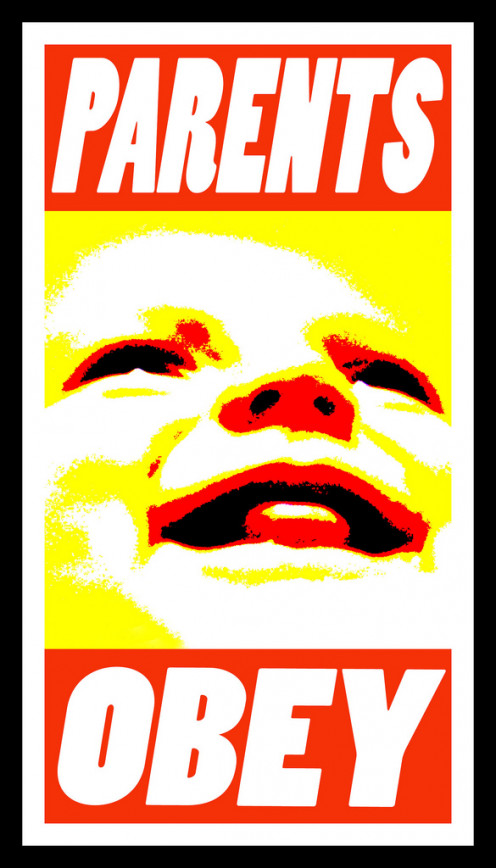
Take Care of Yourself
#7 - Good Parents Take Time for Themselves: You're no good to your kids if you can't take care of yourself. You end up snappy and exhausted. Take time to get your hair done, go to the movies, or even just grocery shop - without the kids. If budget is an issue, swap watching kids with a friend or offer to trim your neighbor's lawn on Sunday in exchange for her watching your young ones. You need and deserve a break, regularly and often. Make it happen. You will be a much better parent to them and a much happier person for yourself.
- Parenting Tips and Advice for Teen Problems & Everyday Life -- ParentingTeensOnline
The place online for parents to find parenting tips and advice on teen problems, teen health, teens and technology, education, and all aspects of everyday life. Visit ParentingTeensOnline for information on these topics and more. - Supernanny Official Site - Parenting Advice | Supernanny Tips | Childcare


